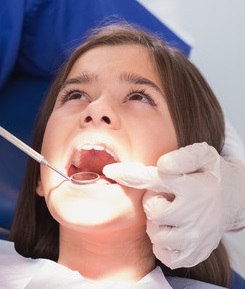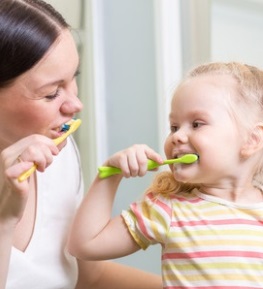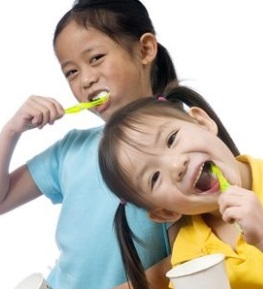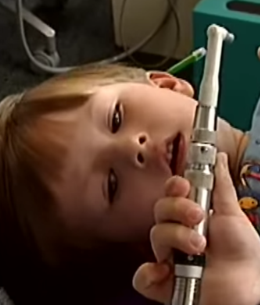Portland children’s dentist Dr. Steven Pike discusses thumb sucking and pacifiers:
- Are these habits harmful to your kid’s teeth?
- What age to start weaning your kids off these habits?
- Helpful tips for getting your kids to stop sucking their thumb or pacifier
If you would like to schedule an appointment, we would love to care for your child’s teeth. Give us a call (503) 297-1711
Video Transcription
Hi, this is Dr. Steven Pike and today I would like to talk to you about thumb sucking and pacifiers.
Is Thumb Sucking or Pacifiers Harmful To My Child’s Teeth?
The first thing I would like to say about these type of sucking habits is that some kids find it very soothing to suck their thumbs or a pacifier. This is a coping mechanism and it allows kids to process stress in the world.
So , getting a child to stop who doesn’t want to stop can be a very difficult process in certain situations.
How Does Thumb Sucking Effect Development Of My Child’s Teeth And Mouth?
It will constrict the upper jaw and it will push out the upper teeth. It is important to realize that the shape of the upper jaw is determined by your tongue putting pressure on the teeth and your lips and cheek putting pressure in the other direction.
When kids are young they are very malleable and if they stop the thumb sucking and pacifier at a young age everything will go back to normal. If they stop at age six or seven it is a little bit more difficult to bring everything back to the shape that it would have been.
At What Age Should I Start To Wean My Child From Thumb Sucking Or Pacifier Use?
There are no absolutes by this but by age 4 its best the habit is on its way out.
Can You Offer Any Tips To Help Get My Child To Stop Thumb Sucking?
A technique that I would recommend to break this habit it to have a conversation with your child. In this conversation, you could ask them if they think that the thumb sucking or pacifier is getting to their teeth. Then you can ask them to create a solution; say okay it is causing this problem what do you think we can do about it?
Nudge your child in the right direction with suggestions like, do you think we should give your pacifier to the pacifier fairy? Then you can pick a time to “give it away”. Some people choose to tie it to a balloon and let the balloon float off, that’s a very nice way to do it. It also gives your kid a little bit of control over the process and they don’t feel as bad about it.
Any Final Tips For Ending The Habit?
Many kids are very attached to these habits and if you just spring it on the child one day and say., okay we are going to stop this today, then you are likely to be met with some resistance. However, if you give your child time to process this it tends to work out more easily for everybody involved.
You can say; you are three years old now, when you are three and a half you can’t use it in the car anymore, you can only use it in bed. You are giving them time to think about it and you are setting a firm deadline and you are whittling away at the habit.
If you have any questions about this please feel free to give us a call. We would love to talk more about it. (503) 297-1711.










